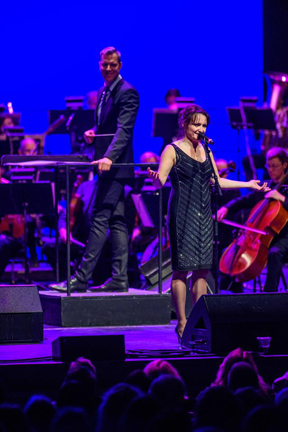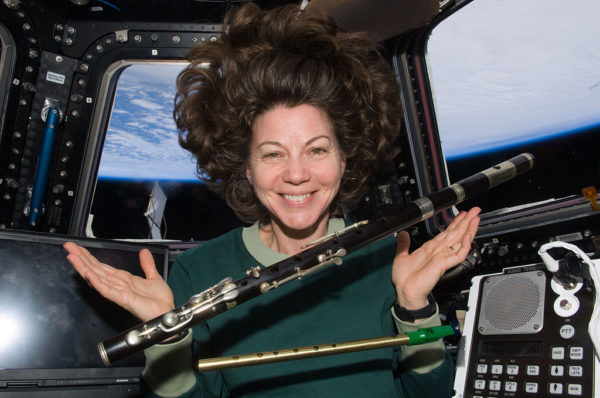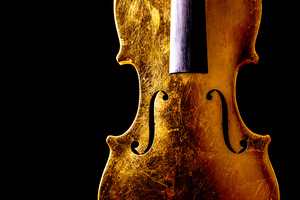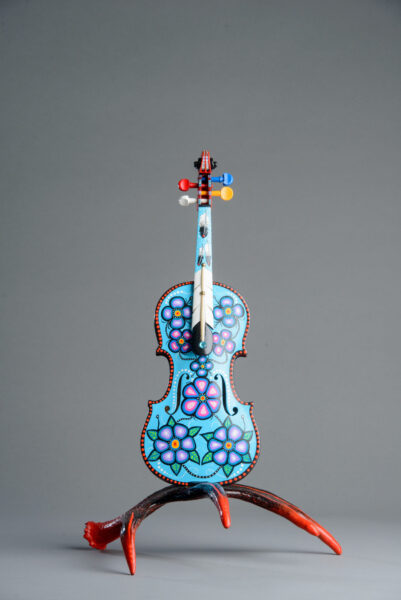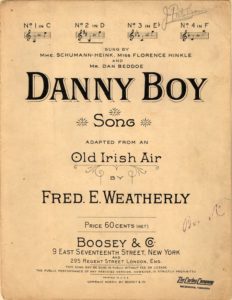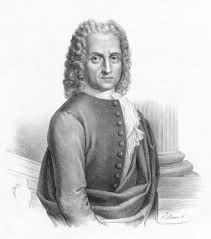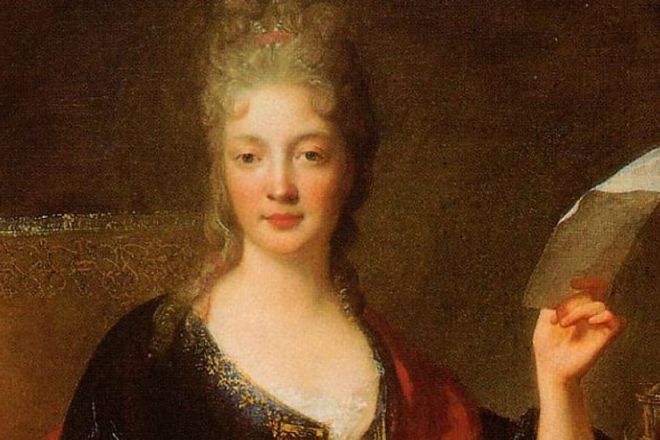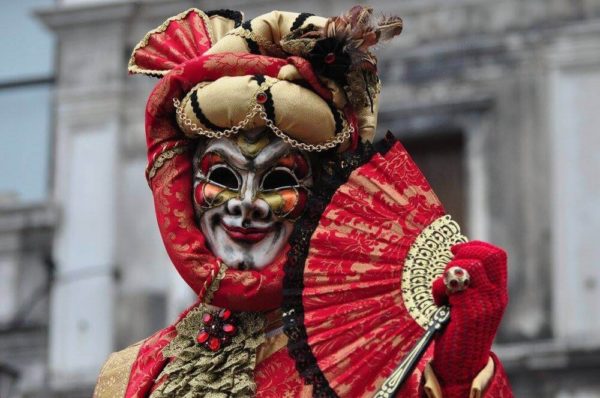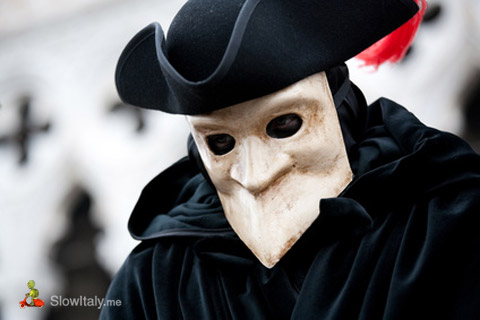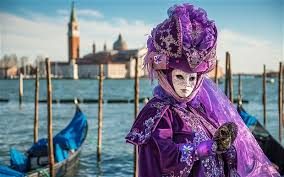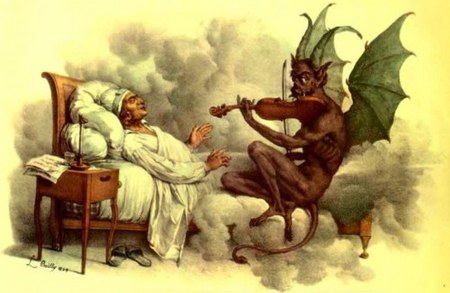When Kim de Laforest last joined the SSO as a soloist, she brought the house down – and when you hear her fiddling you’ll know why! But Kim is a versatile artist who often plays within the SSO as well. So it’s a treat to have our friend Kim join us for A Night in Dublin.
We took some time to catch up with Kim ahead of this week’s performance!
SSO: What aspects of Celtic music as a genre inspire you most?
Kim: Growing up in Regina, I listened to a lot of classical music or prairie old time fiddle music (or 80’s pop!). I wasn’t really exposed to any Celtic music until I was in university.
When I heard Alasdair Fraser’s fiddling…and Mary Black’s singing…I felt like I’d found my heart’s music! The sounds, the ornaments, the drive all drew me in immediately.
My Grandpa was a singer who grew up in Wales, so I feel that this part of me comes from him…it’s a very special connection.
SSO: The fiddle is such an integral part of what makes Celtic music come alive. How do you feel your experiences as a fiddler have informed your work as a violinist, and vice versa?
Kim: This is a great question!
I encourage all of my students to play a wide variety of styles…both classical and fiddle. I do this because I really feel that they benefit each other.
My classical training has given me the technique to play pretty much anything I want to play fiddle wise. It was also an important part of my ear training. I started out in the Suzuki program when I was 4. In the Suzuki style, you learn to play by ear before you learn to play by notes. The fiddle tradition is very much an aural tradition. Even if you use sheet music to learn fiddle tunes, you need to rely on your ear…listening to and interpreting recordings…to infuse the notes with the correct feel for each tune. The notes are only a part of it.
The more time I spent in the fiddle part of my world, the more I realized that it was making me a more well rounded musician. The idea of coming up with a part to play with only a chord chart for reference was scary at first…improvise?!?! Eeek!!
Becoming more and more comfortable with this type of playing has opened so many doors for me. It has also made me curious about classical music that used to intimidate me in my earlier classical days. 20th century or ‘new music’ requires a willingness to work outside the traditional classical box at times. My fiddle training has made me much better at this.
If you can play by ear and by note, you can learn anything!
SSO: In previous years, you’ve spent time in northern communities teaching children there about the joys of fiddle music. How have these experiences shaped you as an artist and educator?
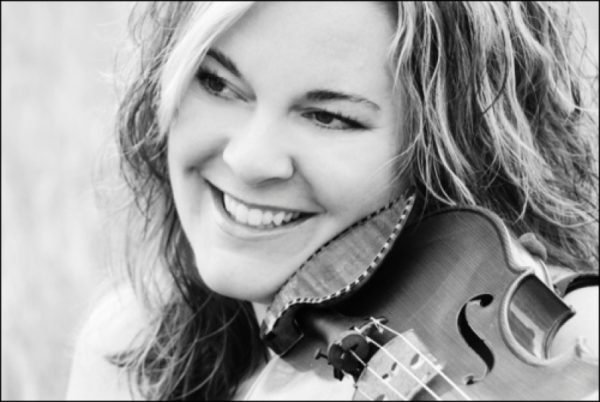 Kim: I am missing my Nunavut students and friends very much these days!! I hope to go back there as soon as it is safe to do that again.
Kim: I am missing my Nunavut students and friends very much these days!! I hope to go back there as soon as it is safe to do that again.
My experiences in the north have made me realize how fortunate I am to have had the access I’ve had to music education throughout my life. I am so grateful for that. I wonder where I’d be if I didn’t have my music.
I understand more fully how important it is for every child to have the opportunity to learn an instrument. I have seen music bring a sense of self worth to students that struggle in other classes. I have seen music bring students to school that would normally not attend regularly. I have seen music give students something to look forward to…something to strive for. I don’t think it’s a stretch to say that music changes lives…and saves lives. That is a very humbling thing to realize as a teacher.
Travelling and teaching in the Arctic has reinforced my goal to bring joy to people through my music.
It’s easy to feel the joy of sharing music when you watch a class of grade 10’s in Pond Inlet, NU dancing enthusiastically to your version of Maple Sugar!
SSO: Your work with the Fiddle Orchestra has had an incredible impact on our community, bringing together so many people to make joyful music. How has the Fiddle Orchestra adjusted to the pandemic?
Kim: The SFO (Saskatoon Fiddle Orchestra) has saved my sanity a number of times this past year!
There are so many creative and enthusiastic folks in that group. Despite all of the challenges of Covid safety restrictions, we have been able to continue meeting and learning music together.
Last spring, when everything shut down, the SFO switched to Zoom for rehearsals. Everyone was very patient and willing to adapt to this new way of getting together. Once it was safe to do so, we moved to partially online, partially in person rehearsals. We had to find a larger space in order to keep the appropriate distance between the members that attended in person.
Sadly, we haven’t been able to perform in over a year, but stay tuned, we have plans!
